
Can You Master ITIL® 4 Foundation in Just 2 Weeks with ScholarAcad?
- Thu 23, Oct 2025

Professional project management demands precision, clarity, and a systematic approach. For certified PMP (Project Management Professional) managers, the stakes are even higher. Delivering a project on time, within budget, and without surprising stakeholders is the mark of excellence. But achieving this requires a blend of expertise and a mastery of key skills. Among these, risk management, stakeholder management, communication, time management, and budget management stand out as crucial. Each of these skills isn’t just theoretical; they’re applied practices that directly shape project success.
Effective risk management involves identifying potential challenges early and developing proactive mitigation strategies to reduce their impact. This requires a systematic approach, including risk assessment, prioritization, and monitoring throughout the project lifecycle. By consistently evaluating risks and adjusting plans as needed, PMP managers can safeguard project objectives and enhance overall performance.
Risk Management: Identifying and Mitigating Challenges Early
No project is without its risks. Whether technical, financial, or operational, these uncertainties can derail deadlines and inflate costs. This is where a PMP-certified project manager steps in. Risk management begins with identification—mapping out all possible risks. Techniques such as brainstorming with the team, using risk registers, or even consulting historical data ensure no potential issue is overlooked.
Once risks are identified, assessment follows. Here, managers evaluate the impact and likelihood of each risk, categorizing them as high, medium, or low priority. Prioritization ensures that high-impact risks receive immediate attention. Finally, mitigation strategies are designed. This can involve contingency planning, risk transfers (like insurance), or strategies to reduce risk likelihood. The end goal isn’t to eliminate all risks but to ensure the project team is prepared. Skilled managers know that proactive risk managementv saves projects from costly fire-fighting down the line.
Stakeholder Management: Building Trust and Engagement
Projects don’t exist in isolation—they involve people. Stakeholders, whether they are clients, team members, or external partners, have interests that can influence project outcomes. Managing these stakeholders means ensuring they feel informed, valued, and aligned with project goals. To achieve this, it’s essential to start right. A stakeholder analysis at the project’s initiation identifies who they are, their concerns, and their level of influence.
Effective communication is at the heart of stakeholder management. Regular updates matter, but these updates must be tailored. For instance, executives focus on high-level results, while team members prefer granular details. Beyond informing, it’s about listening. Stakeholder feedback can provide actionable insights, from adjusting project priorities to resolving roadblocks. Ultimately, managers who engage stakeholders earn trust, turning potential conflicts into collaboration.
Communication: The Backbone of Effective Project Management
Without clear communication, even the best-laid plans can fail. For PMP-certified managers, communication goes beyond sending emails or hosting meetings. It means ensuring the right message reaches the right people in the right format. At its best, communication fosters understanding, alignment, and action.
Effective communication begins with a defined strategy. Who needs to know what? How often? And through which channels? For instance, technical updates might work best in detailed reports, while project status might align better with visual dashboards. Clarity is critical—jargon or ambiguous language creates confusion. It’s also two-way. Encouraging questions or feedback ensures no concerns go ignored. A project where communication flows seamlessly stands a far better chance of avoiding misunderstandings or delays.
Time Management: Keeping Projects on Track
Every project operates under the constraints of time. PMP-certified managers are tasked with delivering results within these set timelines. Time management, therefore, isn’t limited to creating schedules—it’s about mastering planning, execution, and control.
This involves identifying critical tasks, determining dependencies, and allocating appropriate time for completion while maintaining flexibility to address unexpected changes. Utilizing tools such as Gantt charts or project management software facilitates tracking progress and ensuring milestones are met. Proper time management not only keeps the project on schedule but also optimizes resource utilization and mitigates risks associated with delays.
The process begins with detailed planning in scholaracad. A work breakdown structure (WBS) decomposes a project into smaller, manageable tasks. From there, sequencing tasks identifies dependencies, while tools like Gantt charts or Critical Path Method ensure realistic timelines. Scheduling is followed by monitoring. Status updates and periodic reviews help track progress and identify delays early. For unexpected disruptions, reallocation of resources or task rescheduling keeps projects on track. Time is any project’s most finite resource, and managers who wield it effectively stand out.
Budget Management: Controlling Costs Without Compromise
For stakeholders, staying on budget is as critical as meeting deadlines. Effective budget management involves more than number-crunching. It’s about balancing resources, forecasting accurately, and making financial decisions that benefit the project.
It requires constant monitoring of expenses and being proactive in identifying potential cost overruns before they become critical issues. Utilizing tools such as cost management software and regular financial audits ensures transparency and helps maintain alignment with the project's financial goals in scholaracad. Effective communication with stakeholders about budgetary adjustments also fosters trust and prevents misunderstandings.
Budget planning sets the foundation. During this phase, managers estimate costs for resources, labor, and unforeseen contingencies. Cost baselines are established as benchmarks. But planning isn’t enough. Monitoring is ongoing—expenses must be tracked against this baseline. When deviations appear, corrective actions like cost-cutting or reallocations are implemented quickly. Transparency also plays a role. Stakeholders appreciate timely budget reports, especially when they include justifications for variances. Balancing budgets isn’t just a skill—it’s a discipline that enhances project credibility.
The Impact of PMP Skills on Project Success for ScholarAcad
Mastering PMP project management skills aren’t optional; it’s indispensable. The ability to manage risks, engage stakeholders, communicate clearly, control time, and handle budgets separates successful projects from problematic ones. Beyond certifications, these skills represent practical competencies that deliver tangible results. For aspiring PMP-certified managers, honing these skills ensures not only certification success but also excellence in the field for scholaracad.
Project managers who prioritize these core competencies elevate not only their projects but their careers. Are you ready to take that step? Apply these principles, practice diligently, and watch as your projects transition from ordinary to extraordinary.


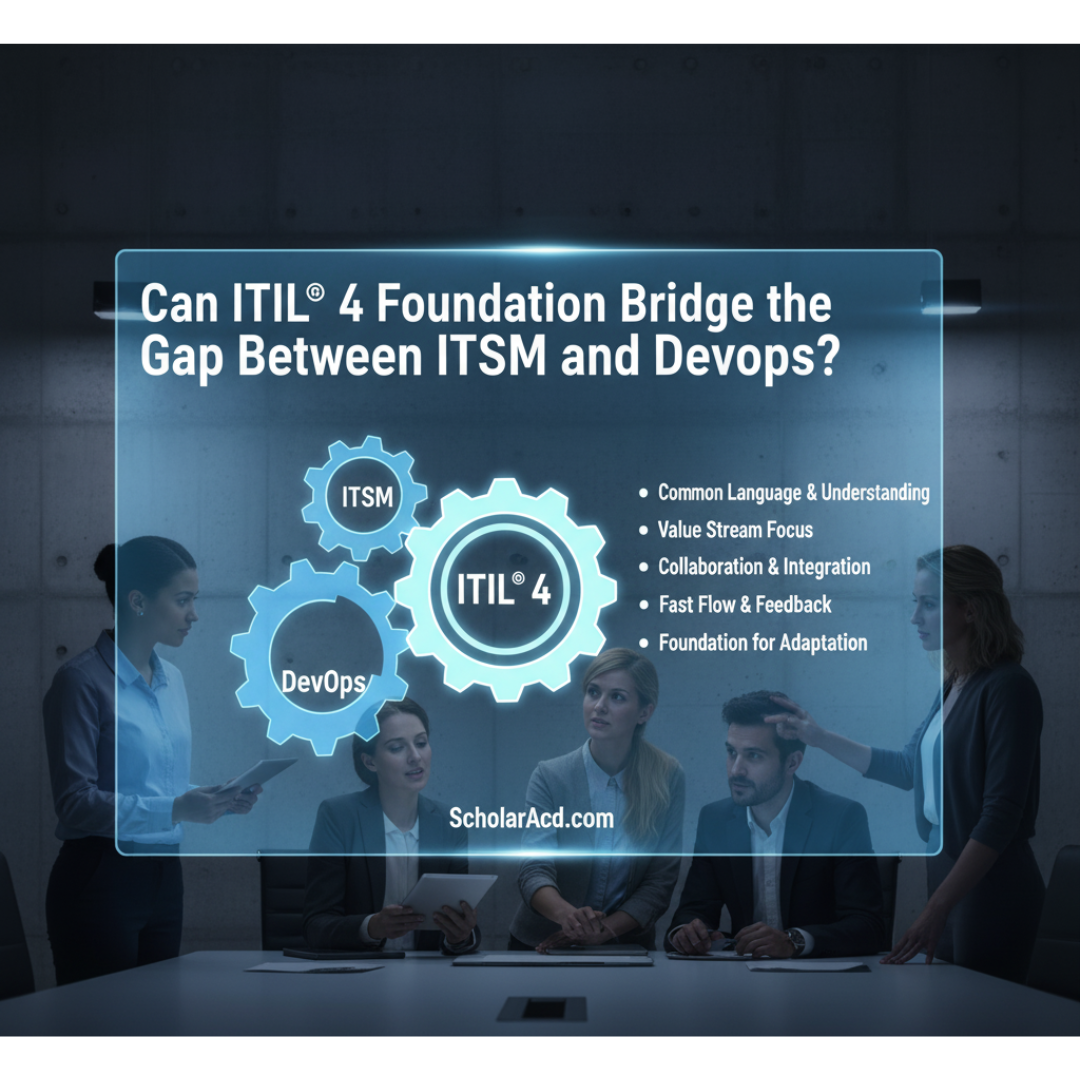
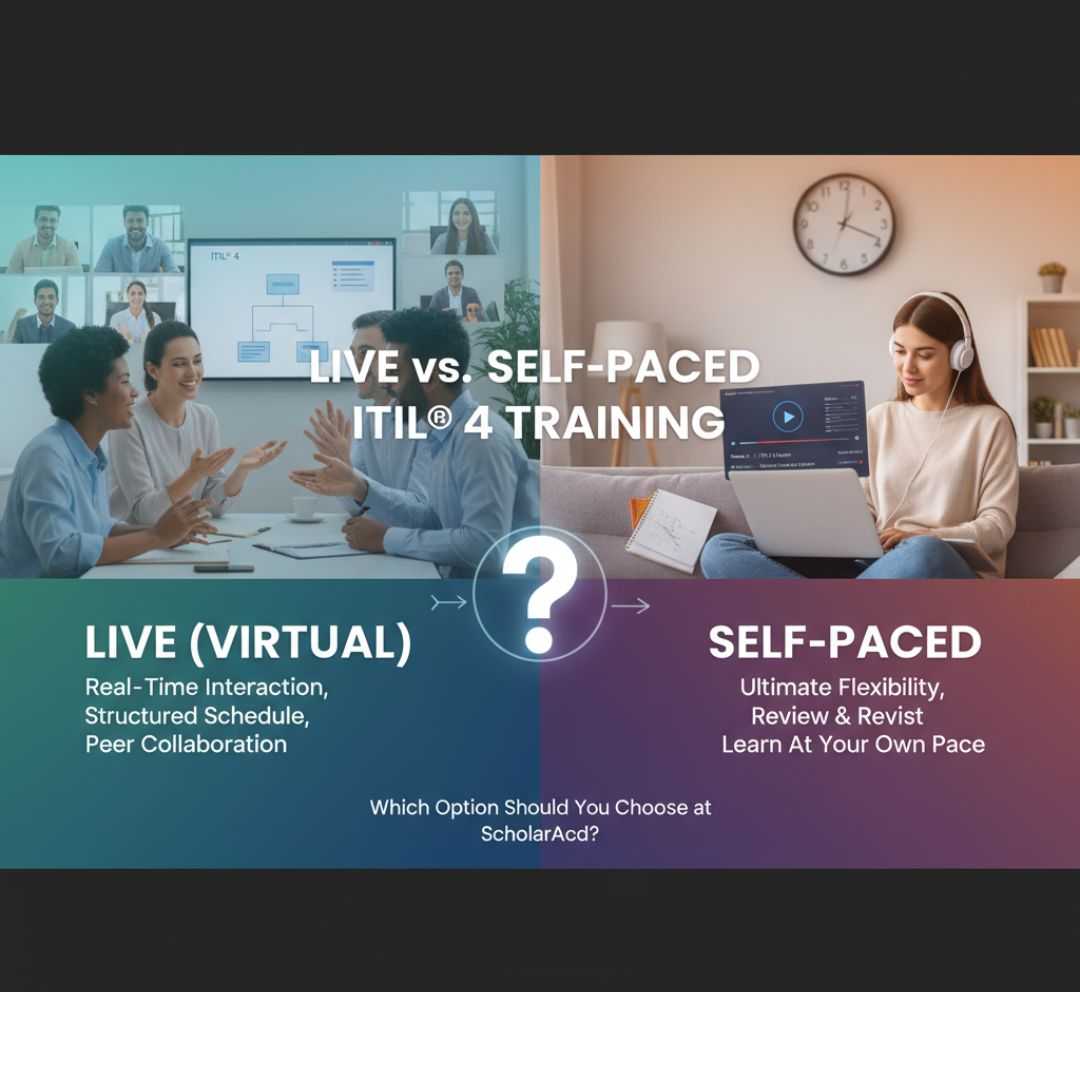
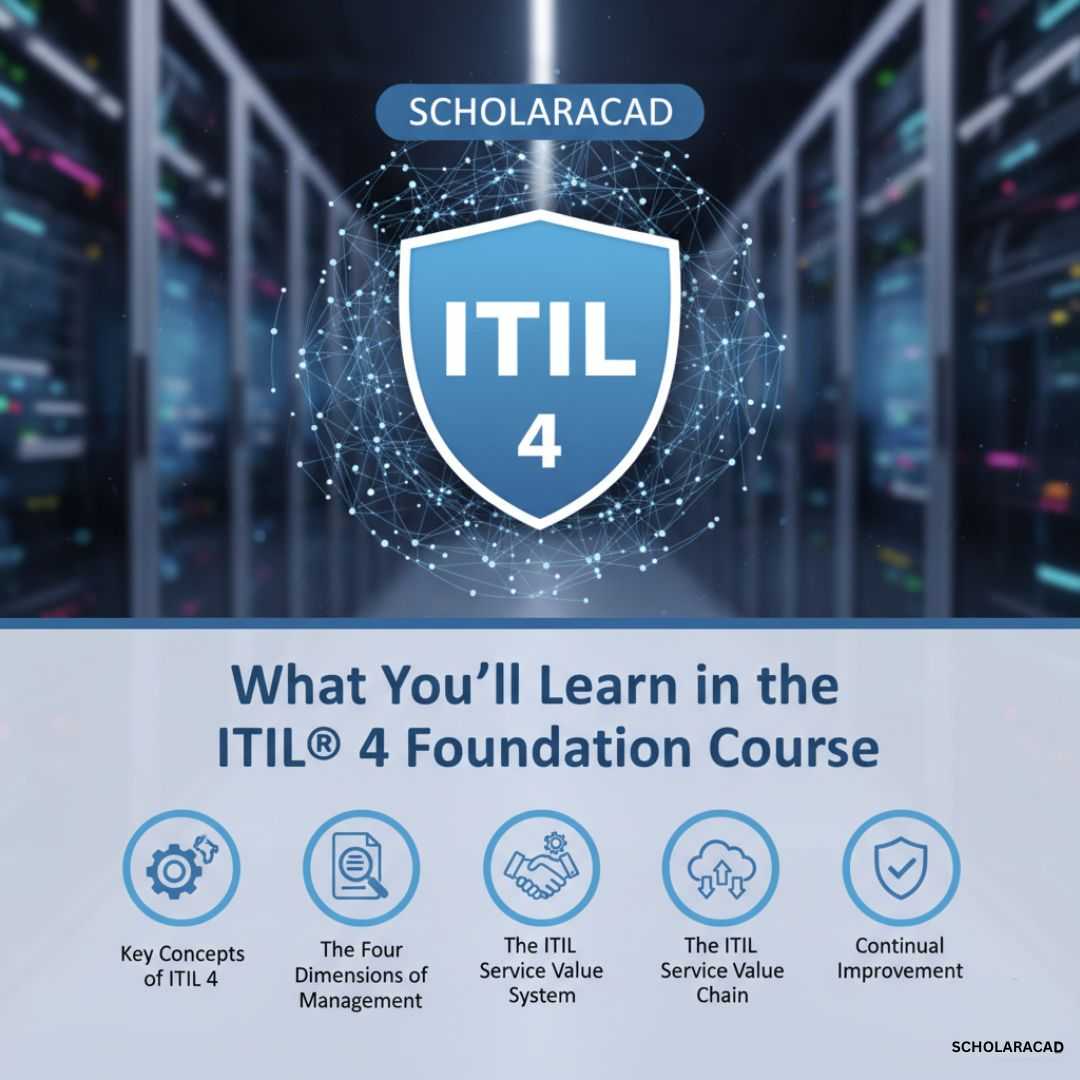
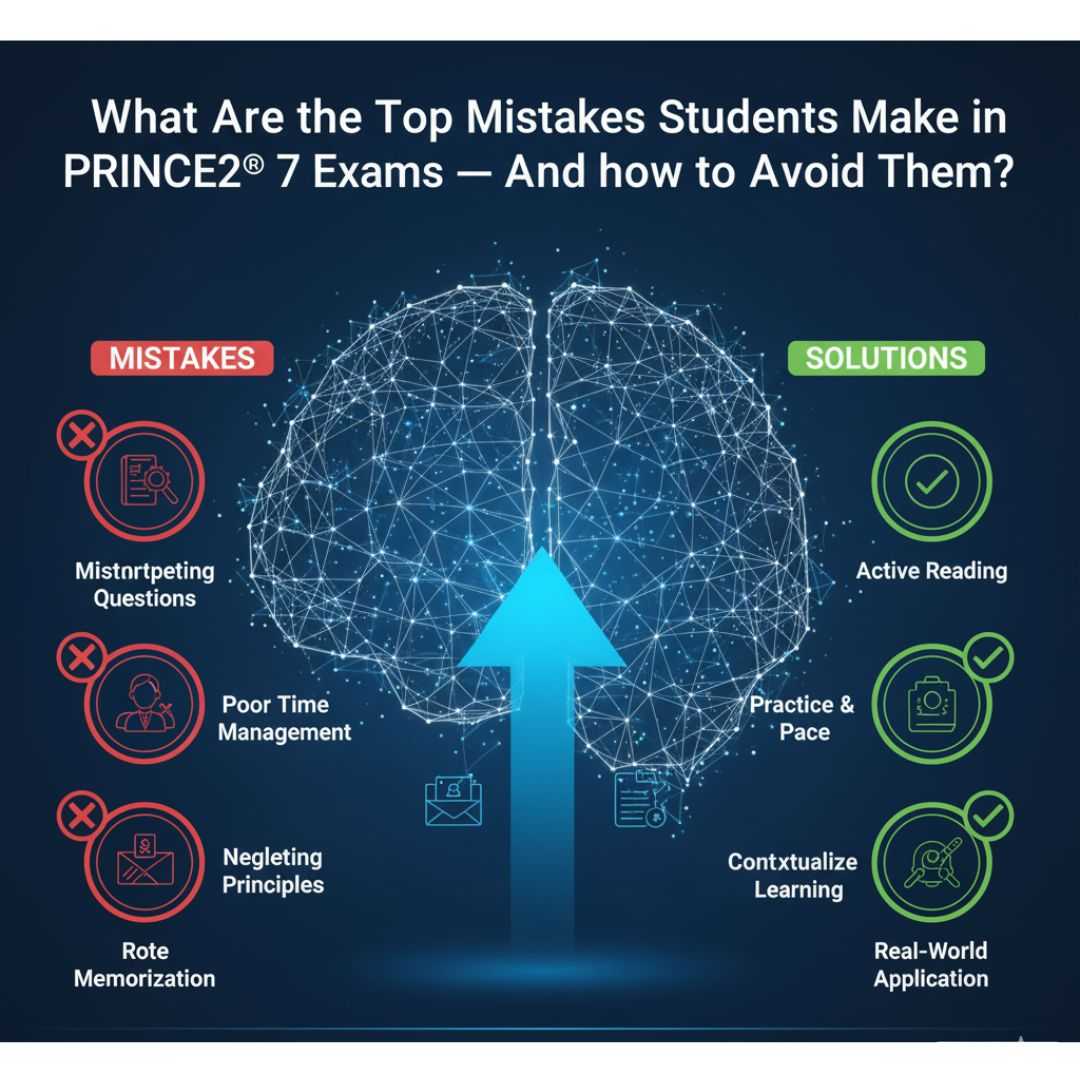




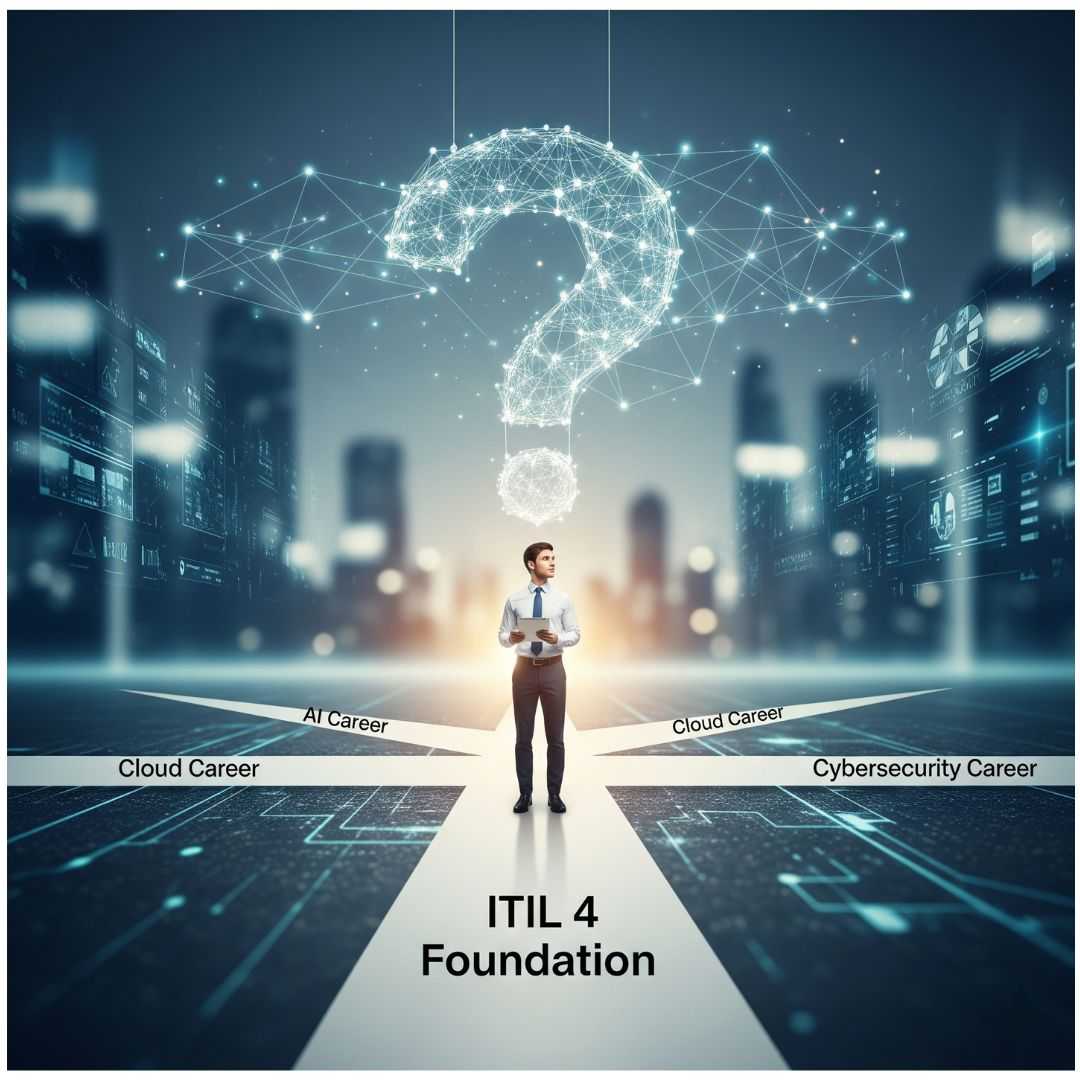





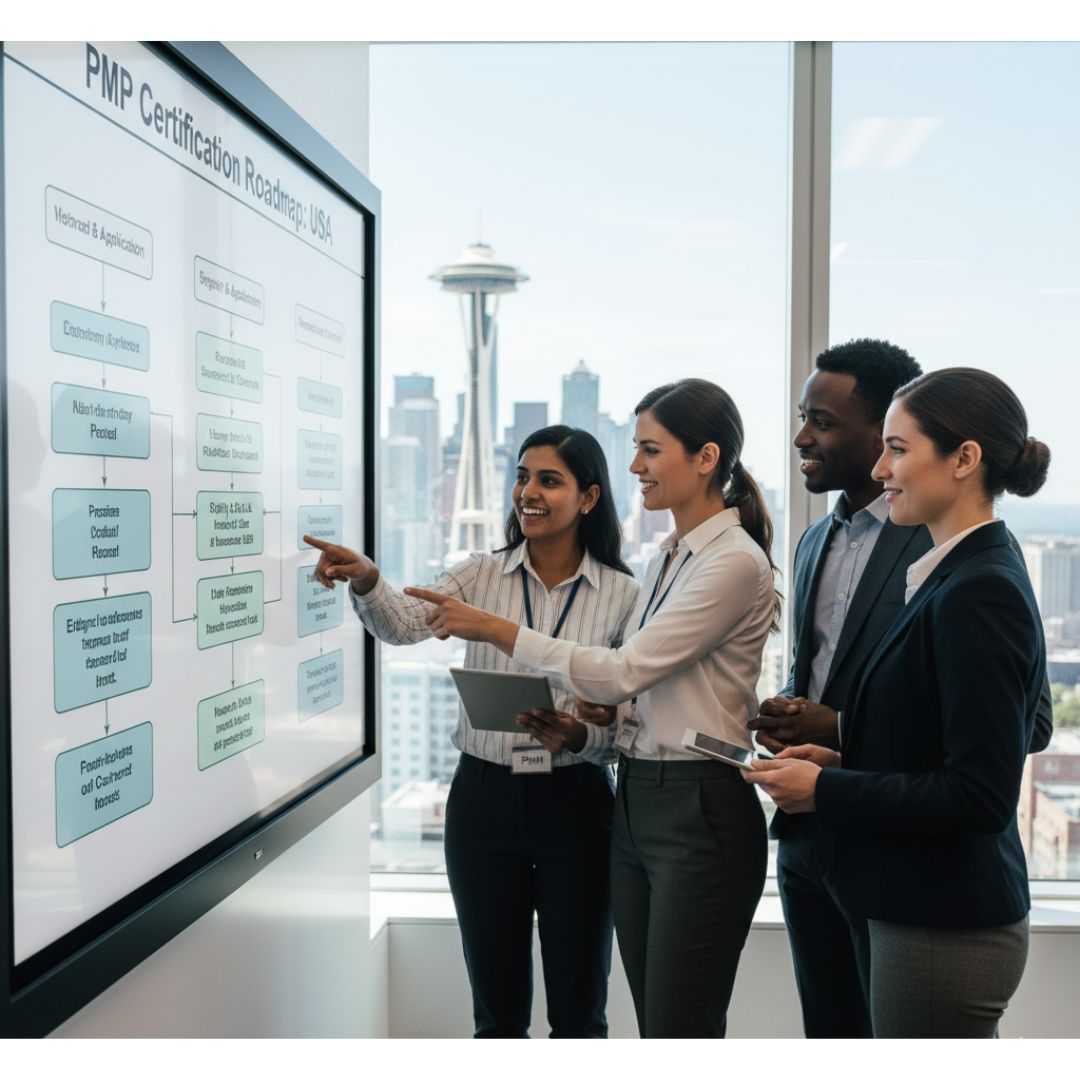

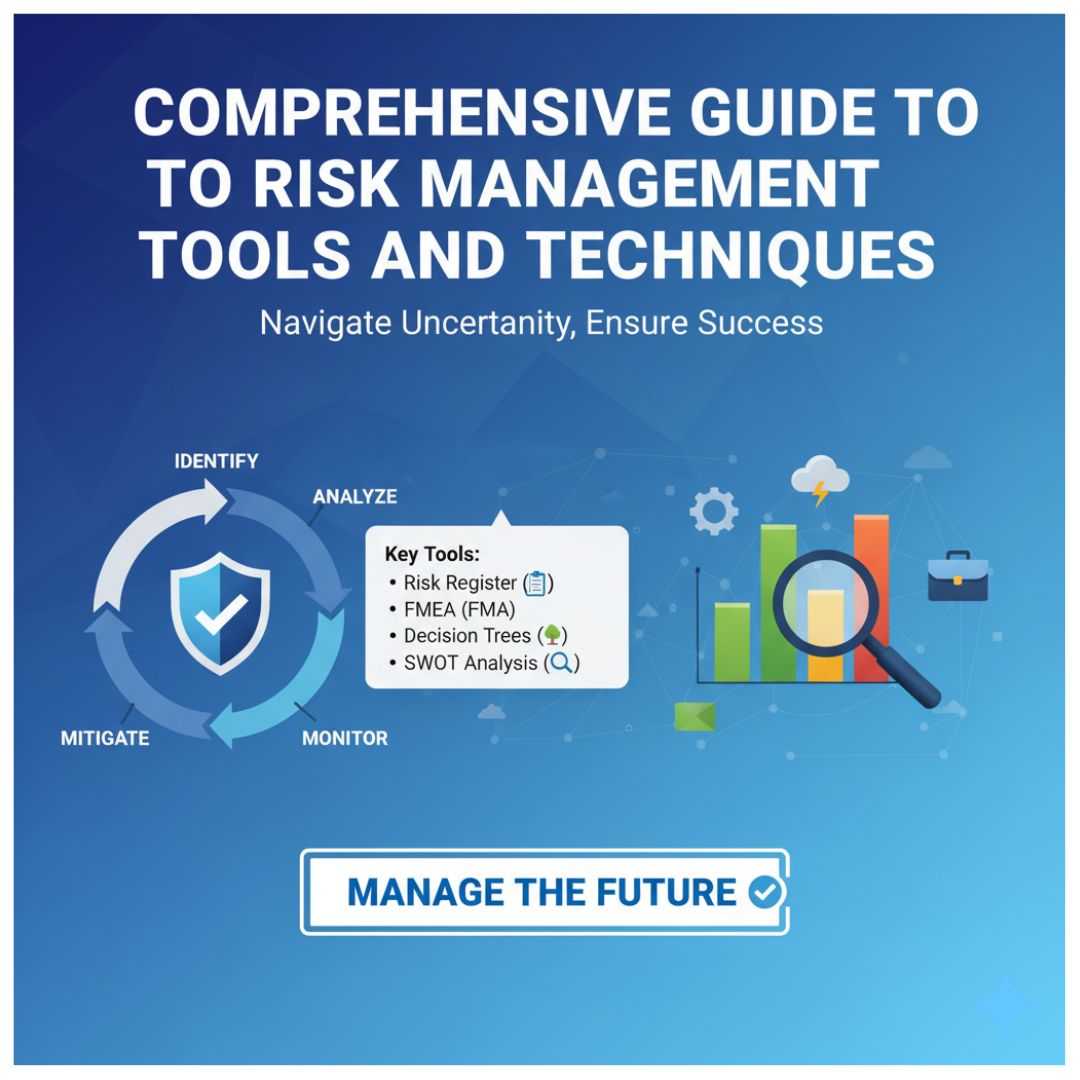


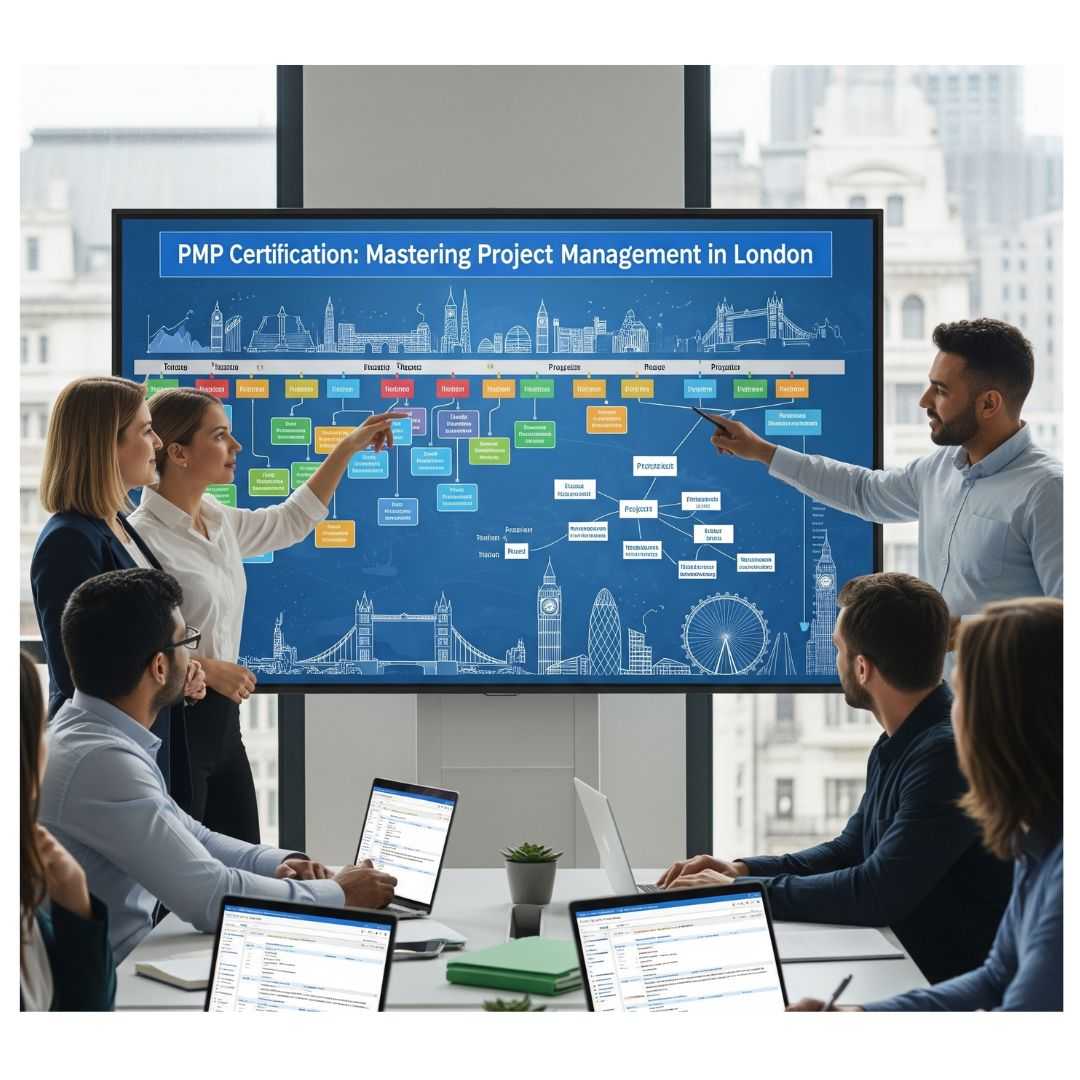
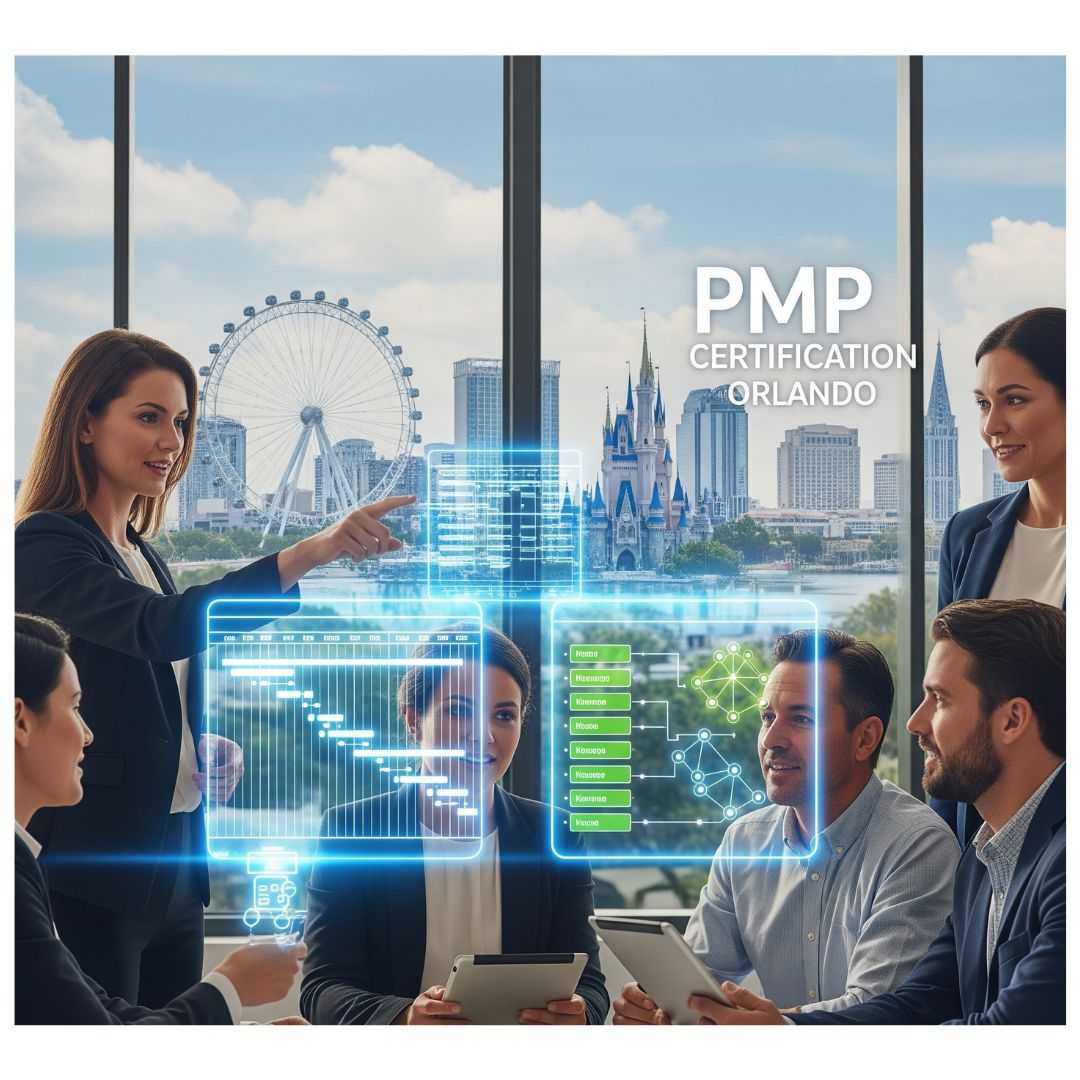





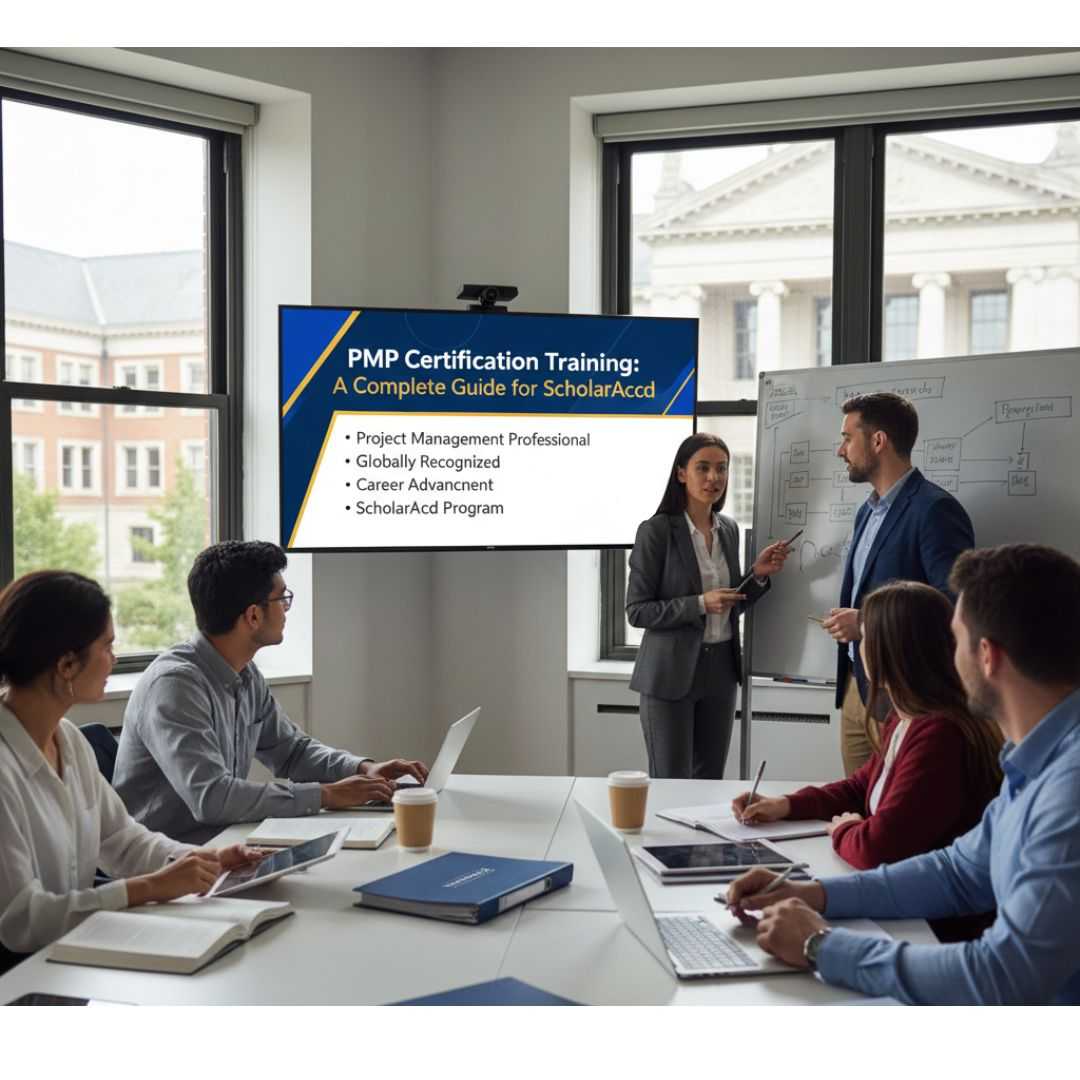
_1756885658_5bde5ece2b6f0dab9403.jpg)

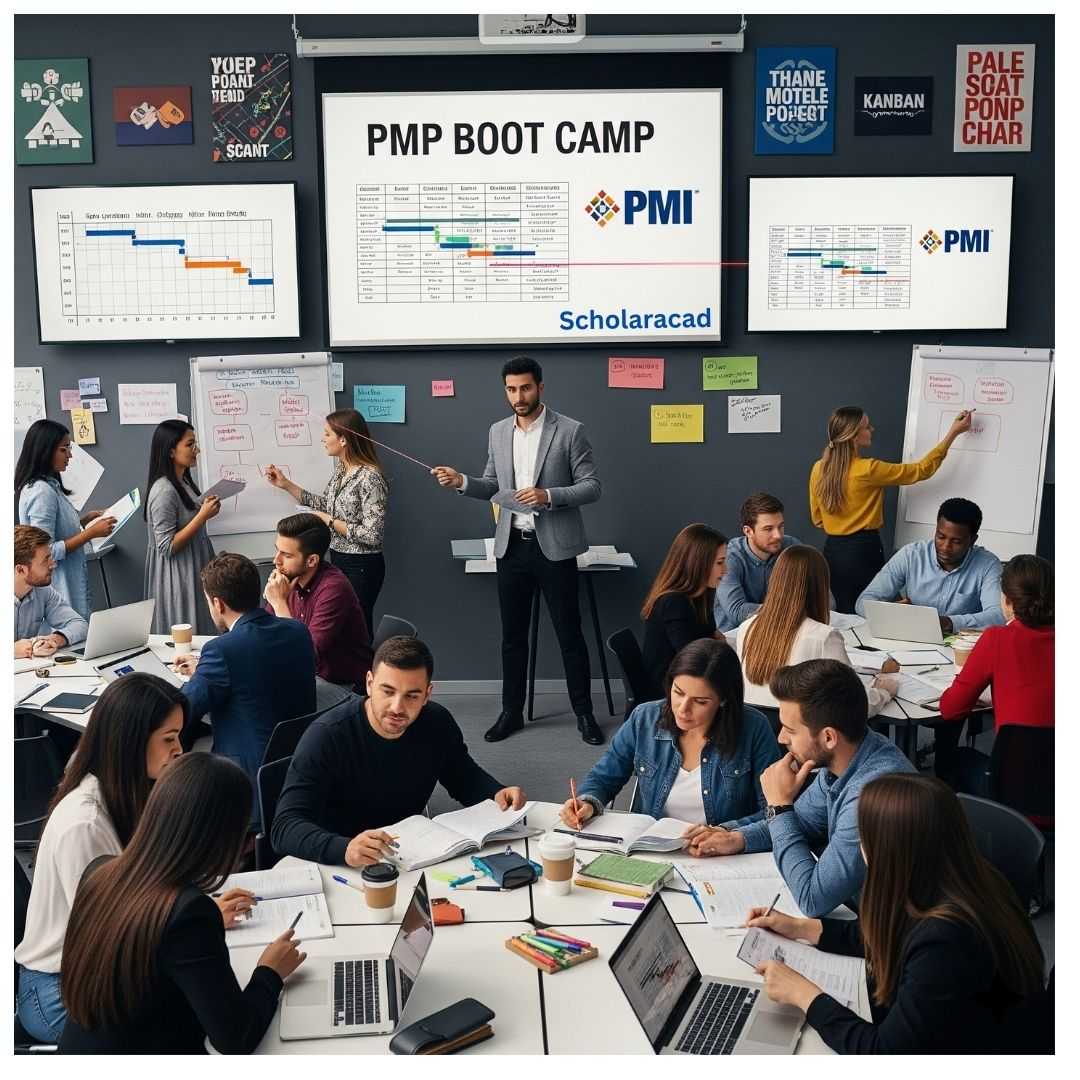



_1756789434_e9e0aac798c1162538f6.jpg)

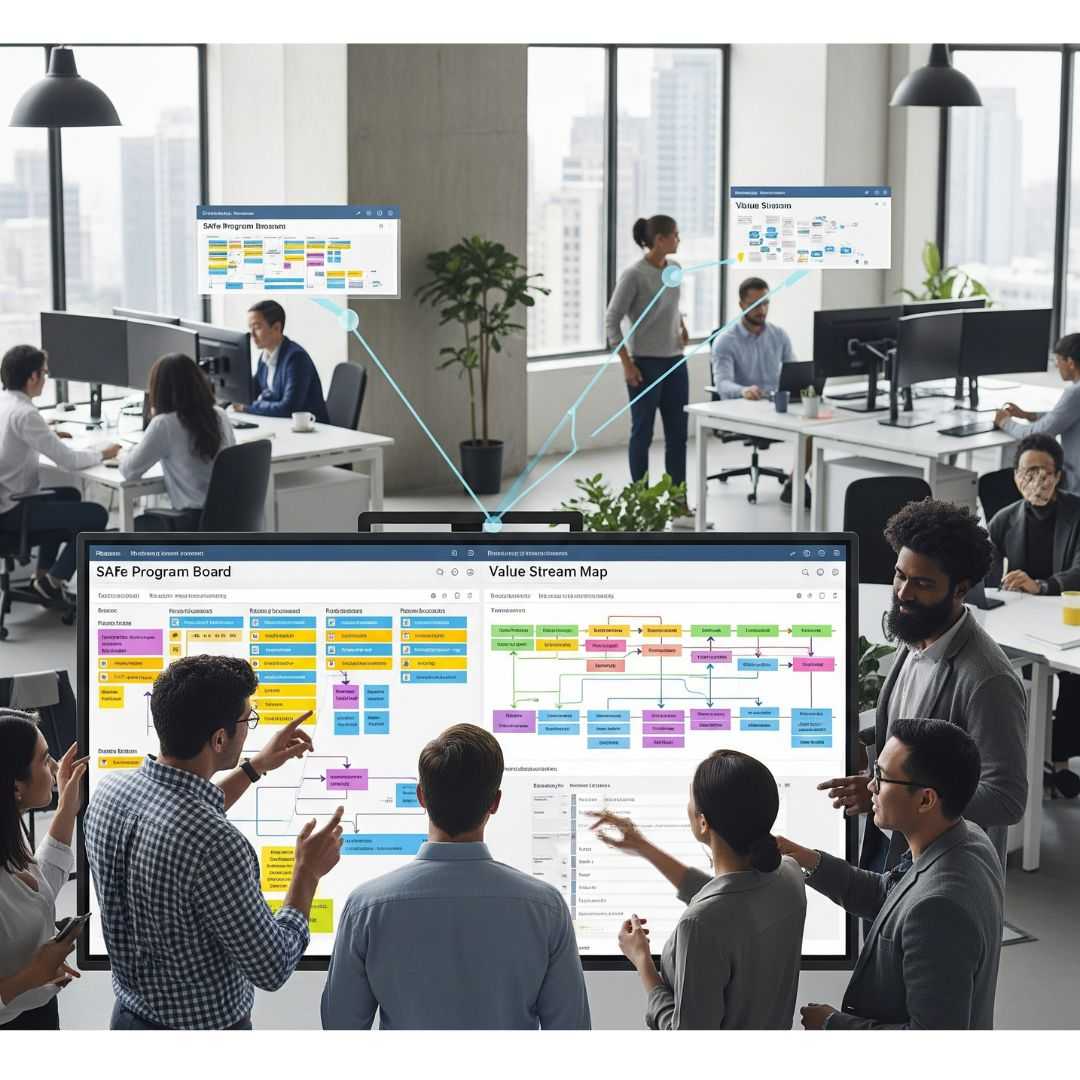






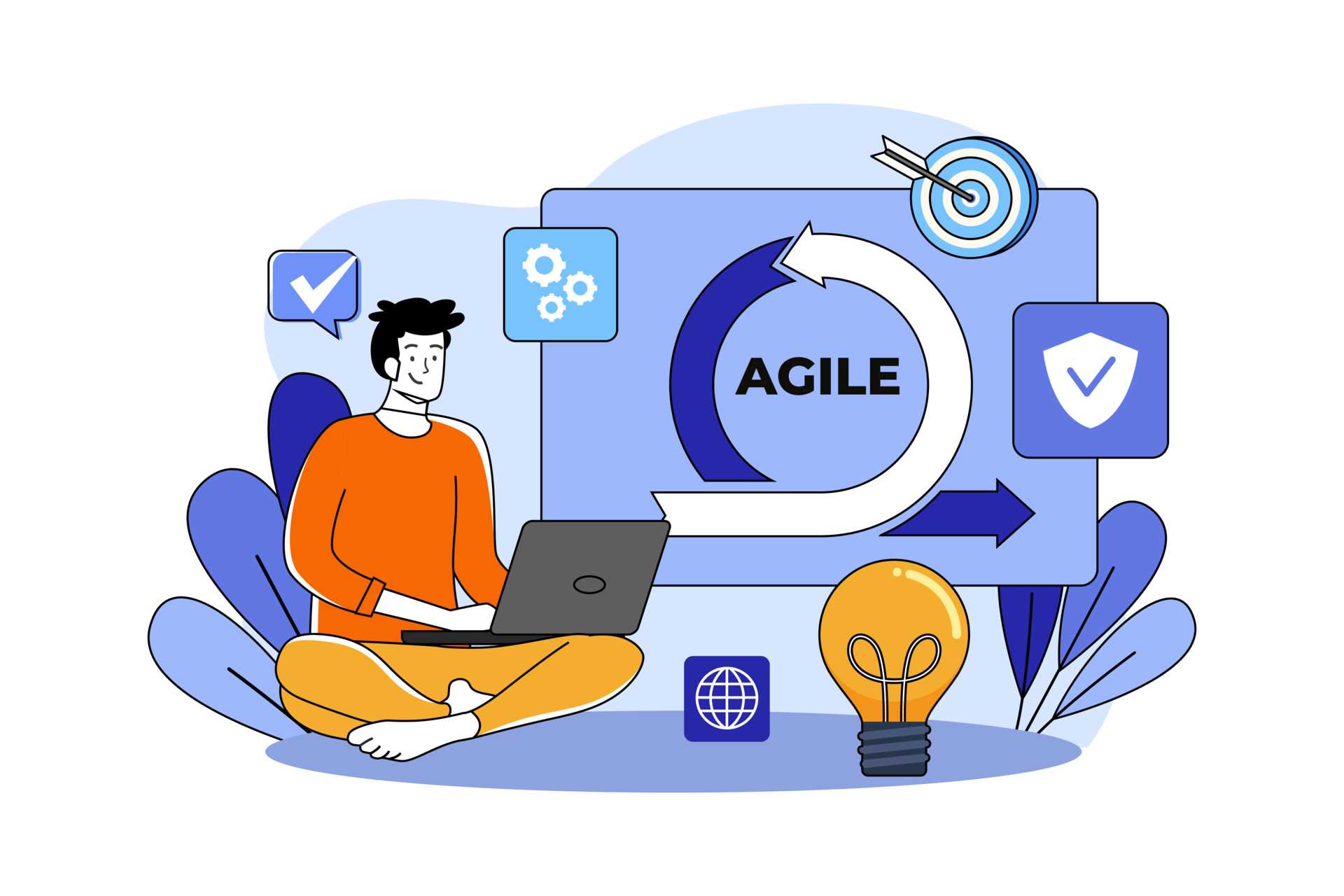







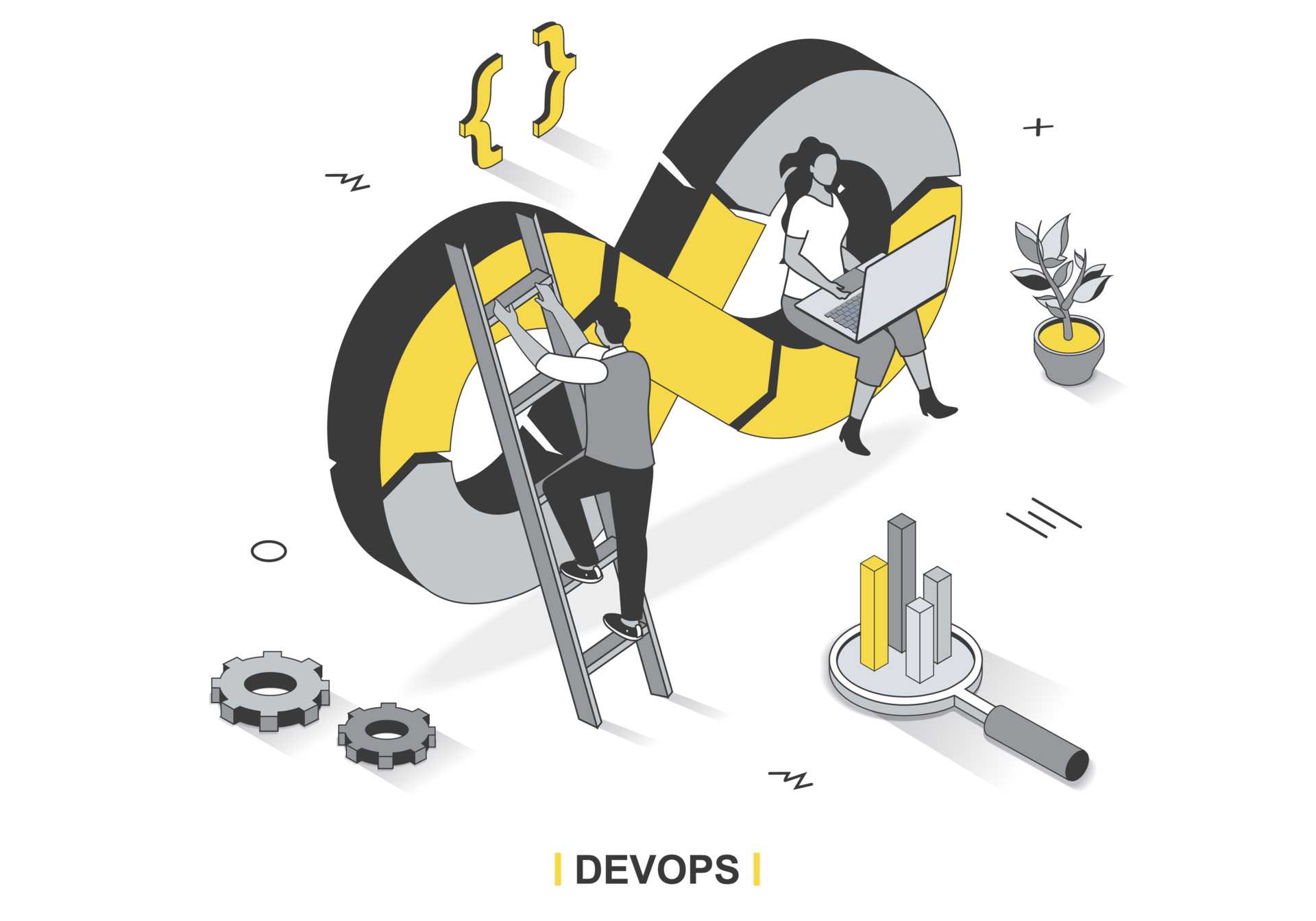









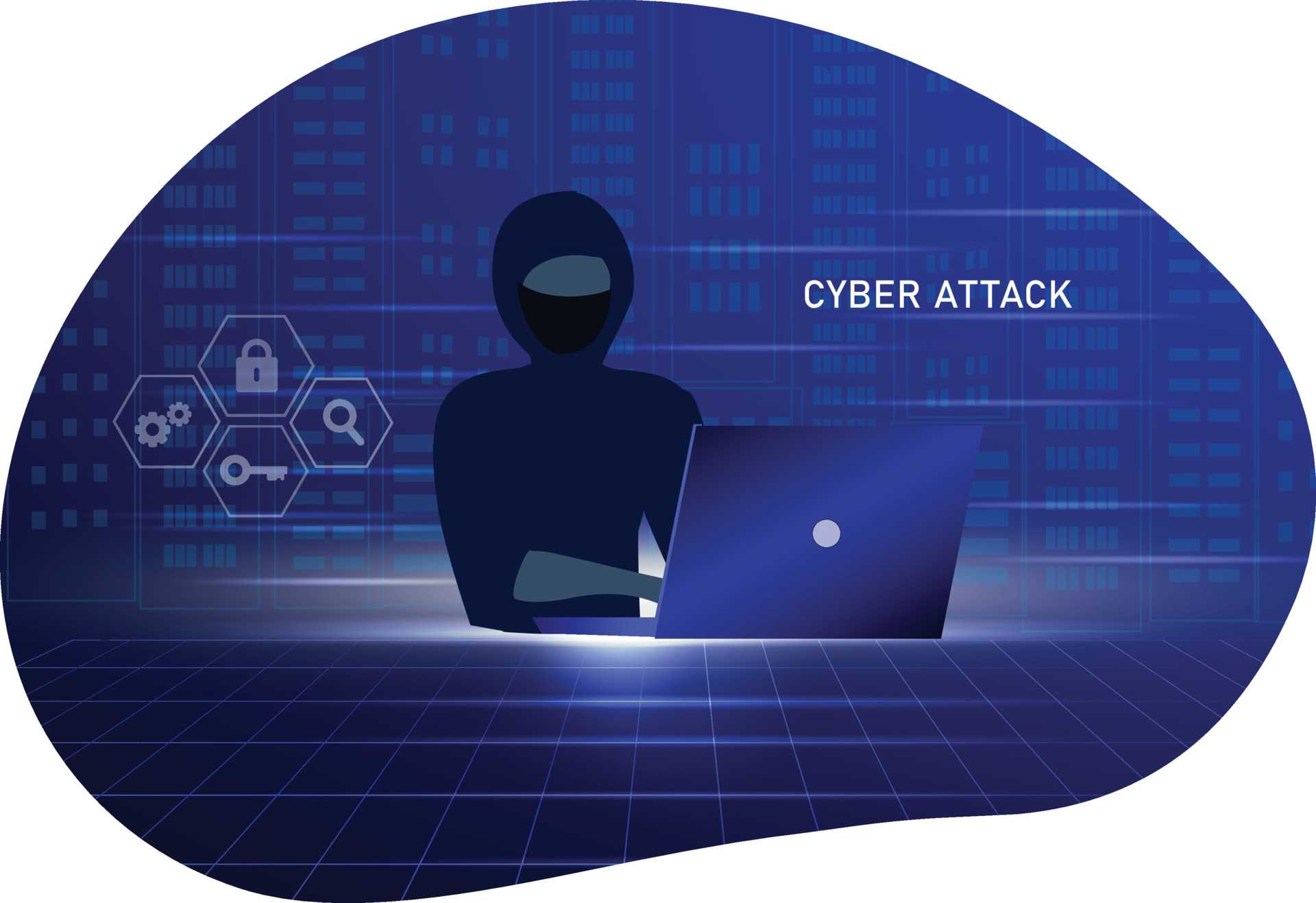




























_1718198115_3e80b2ee31b234c26728.png)
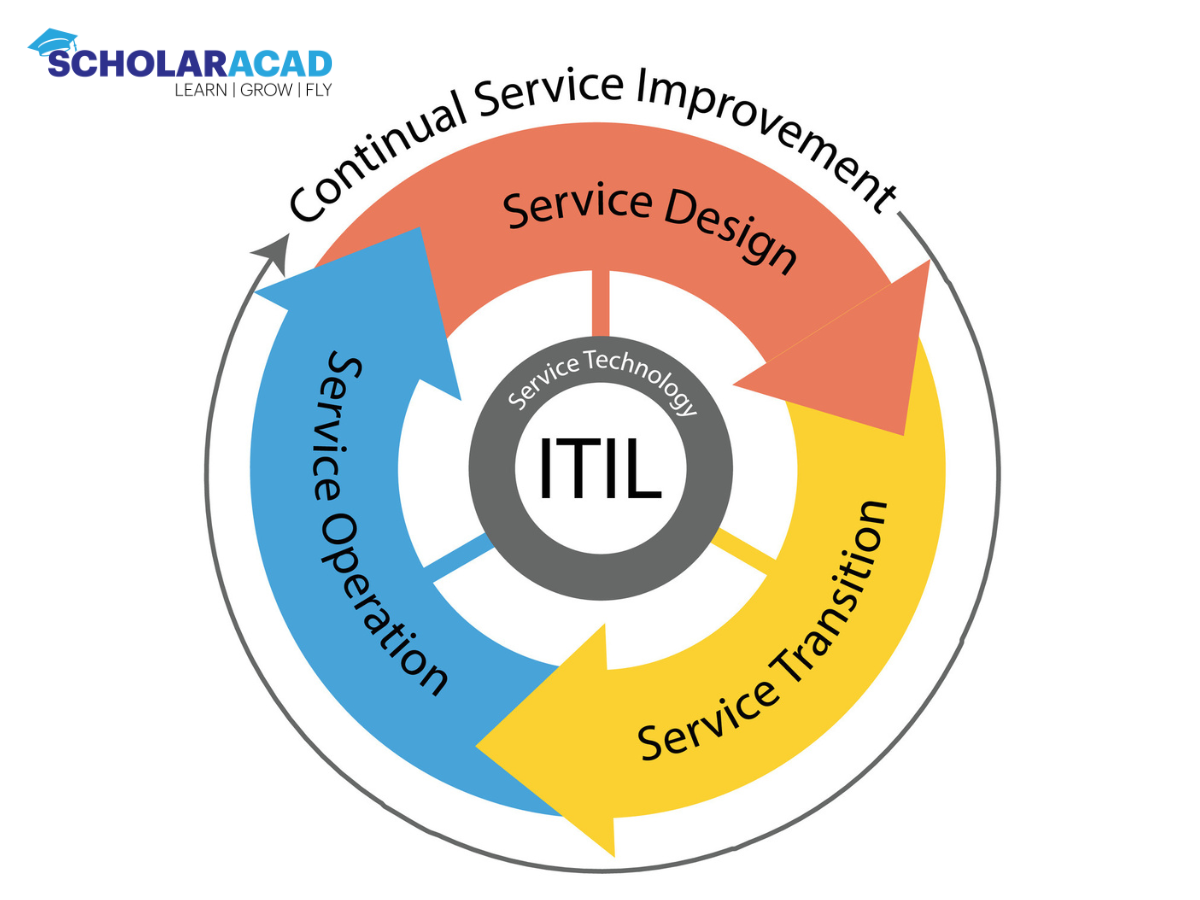



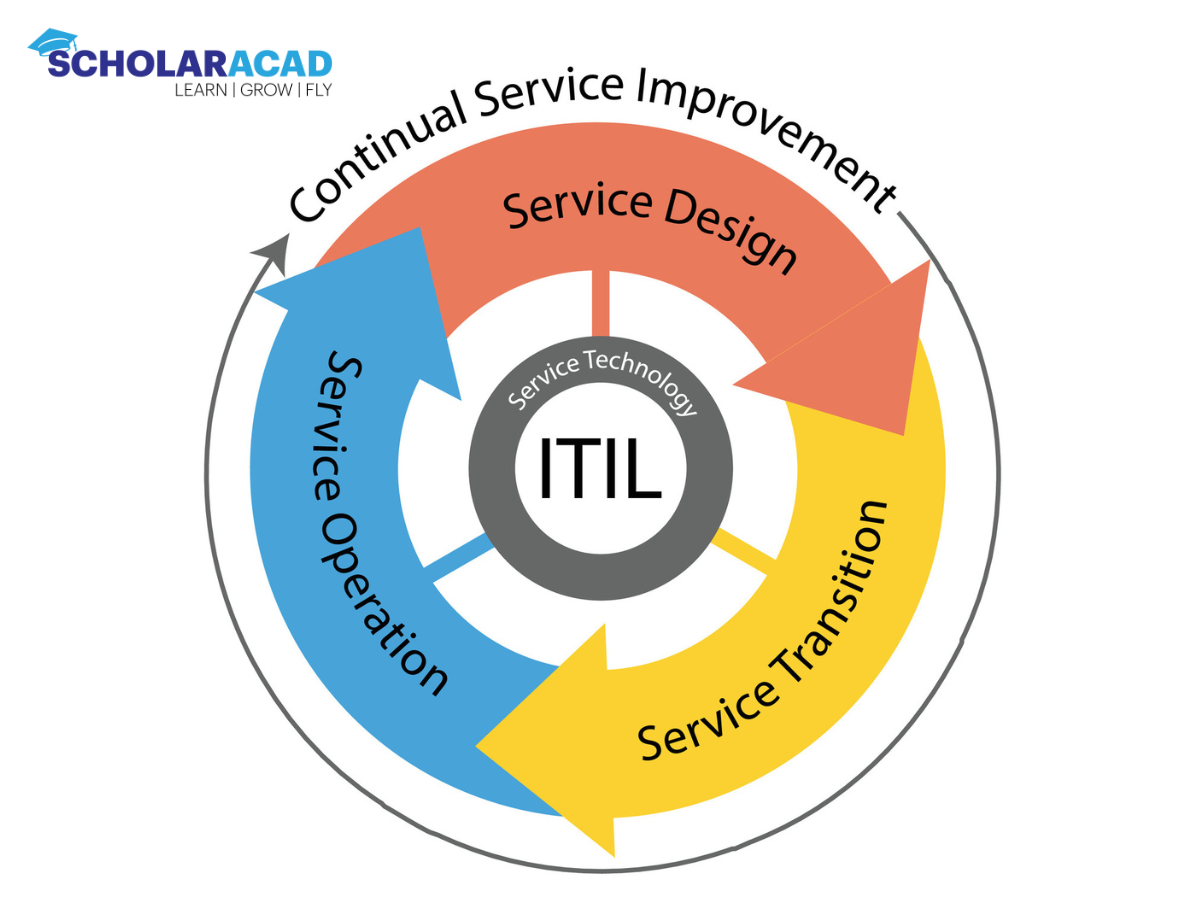





_1715671737_078967910384216bd6b3.jpg)




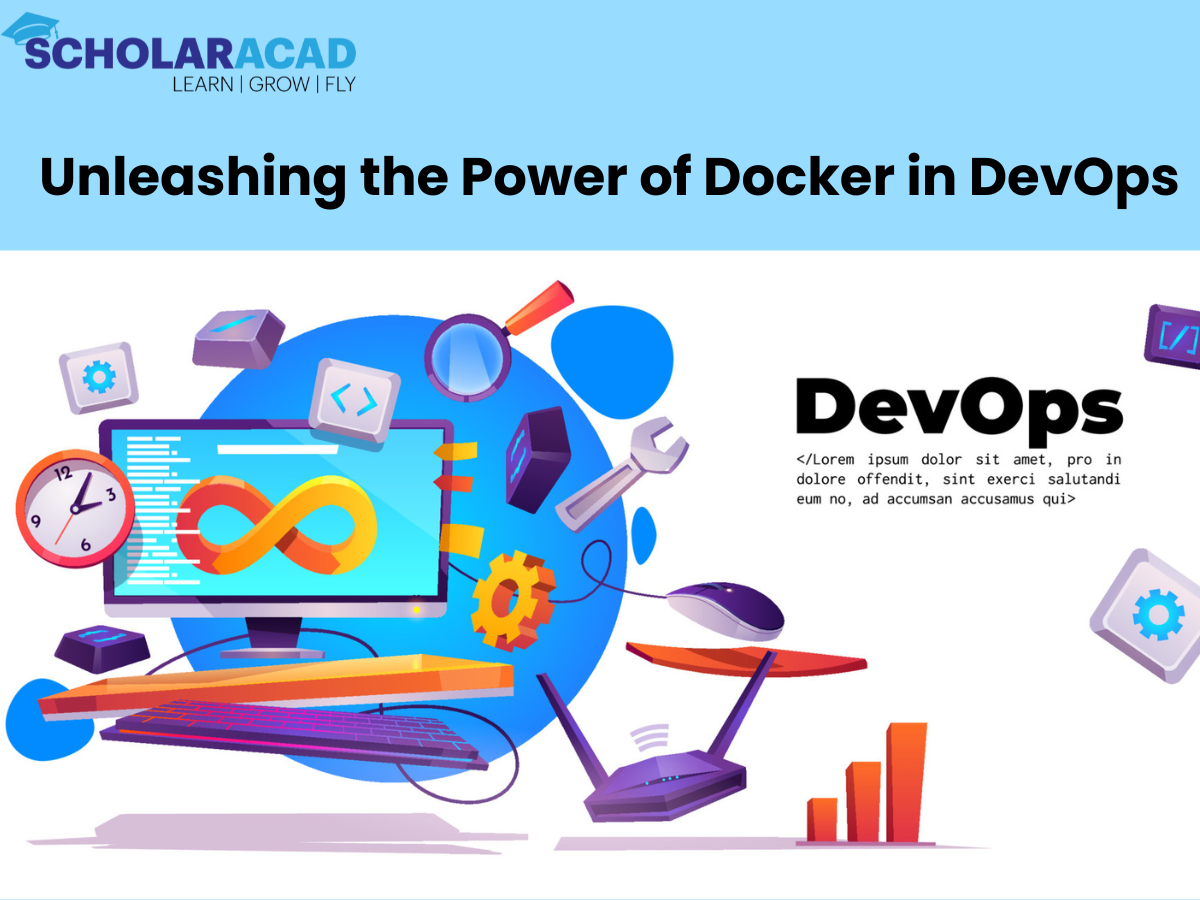

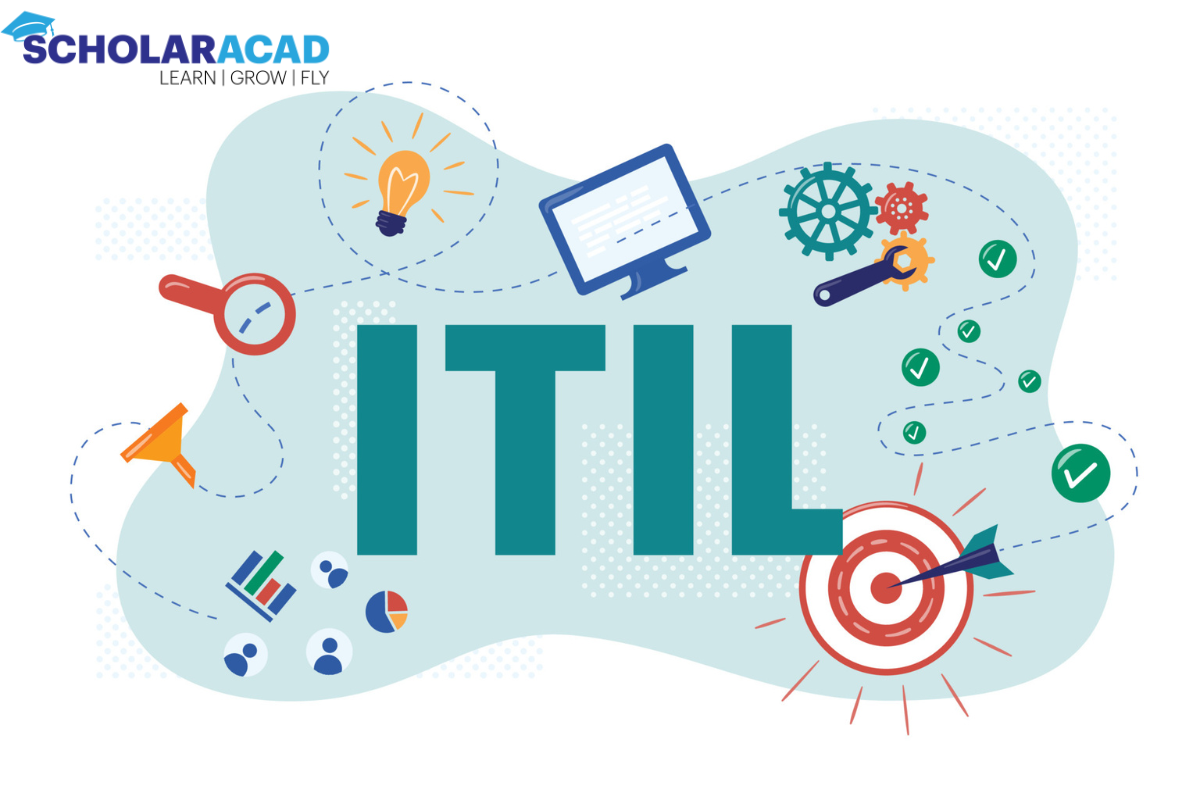



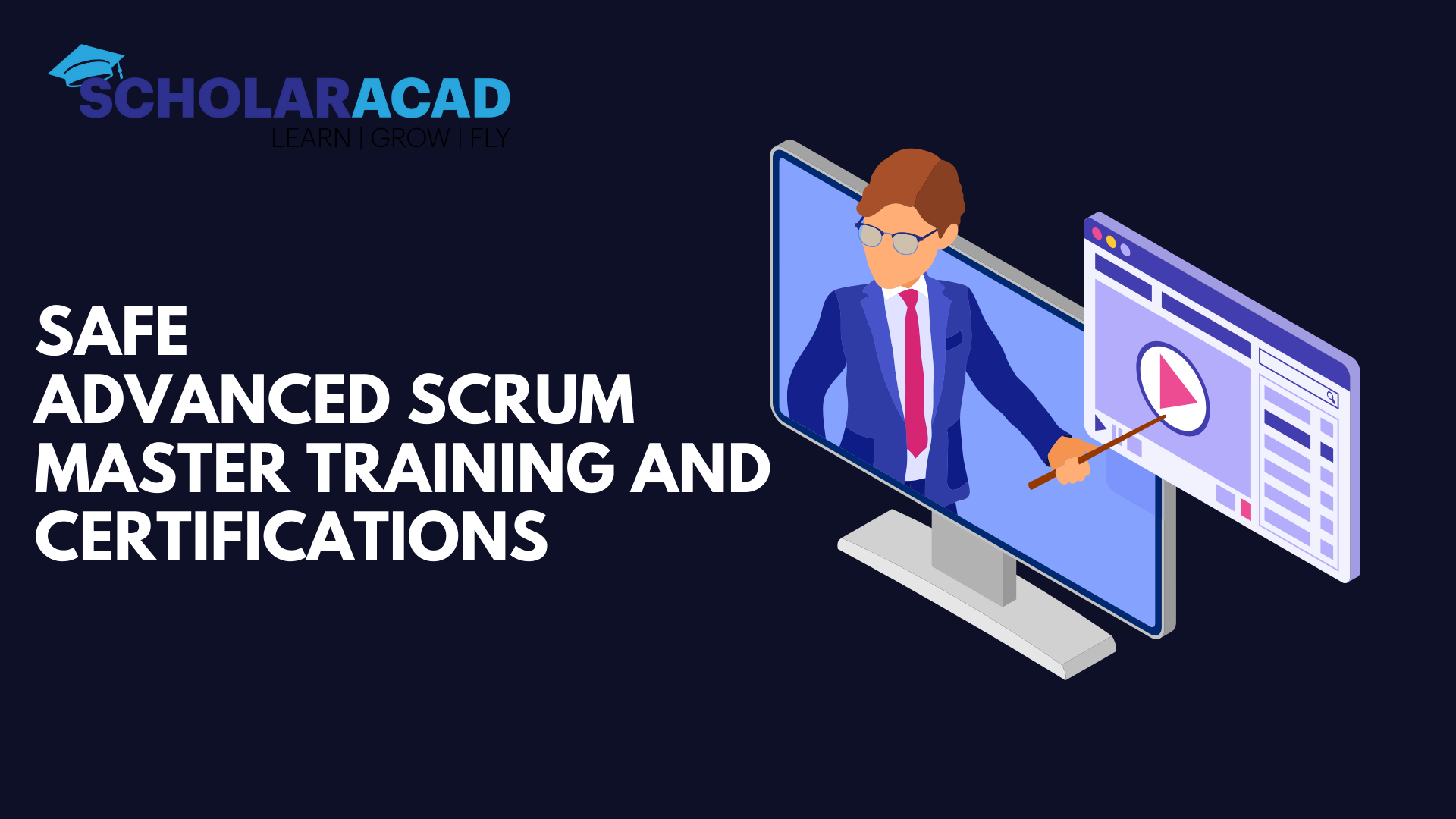

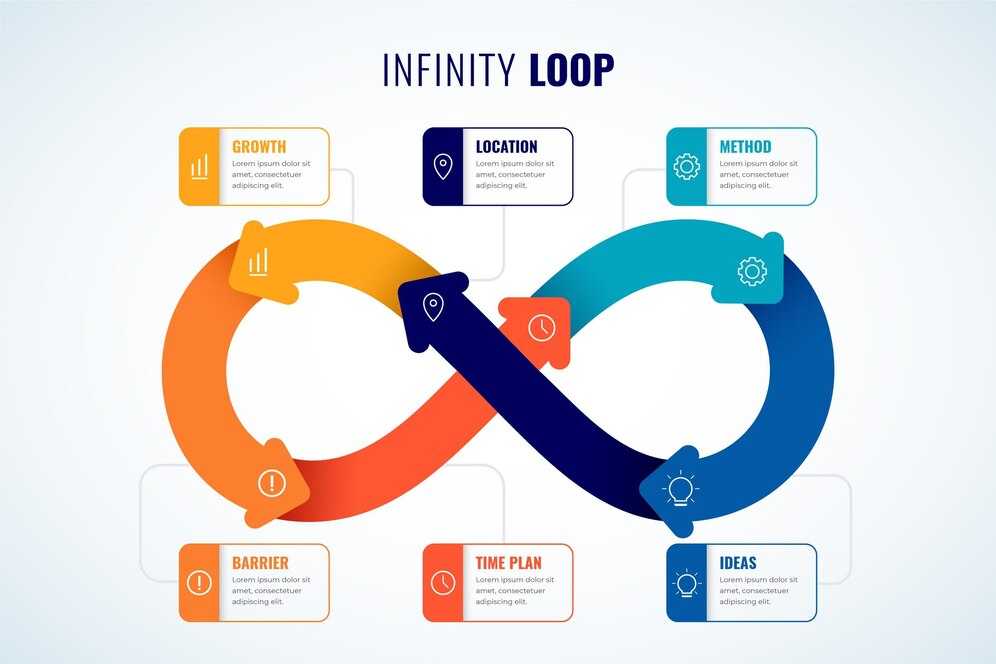
_1712044840_c07a78ec6a0a9aaf68f2.jpg)
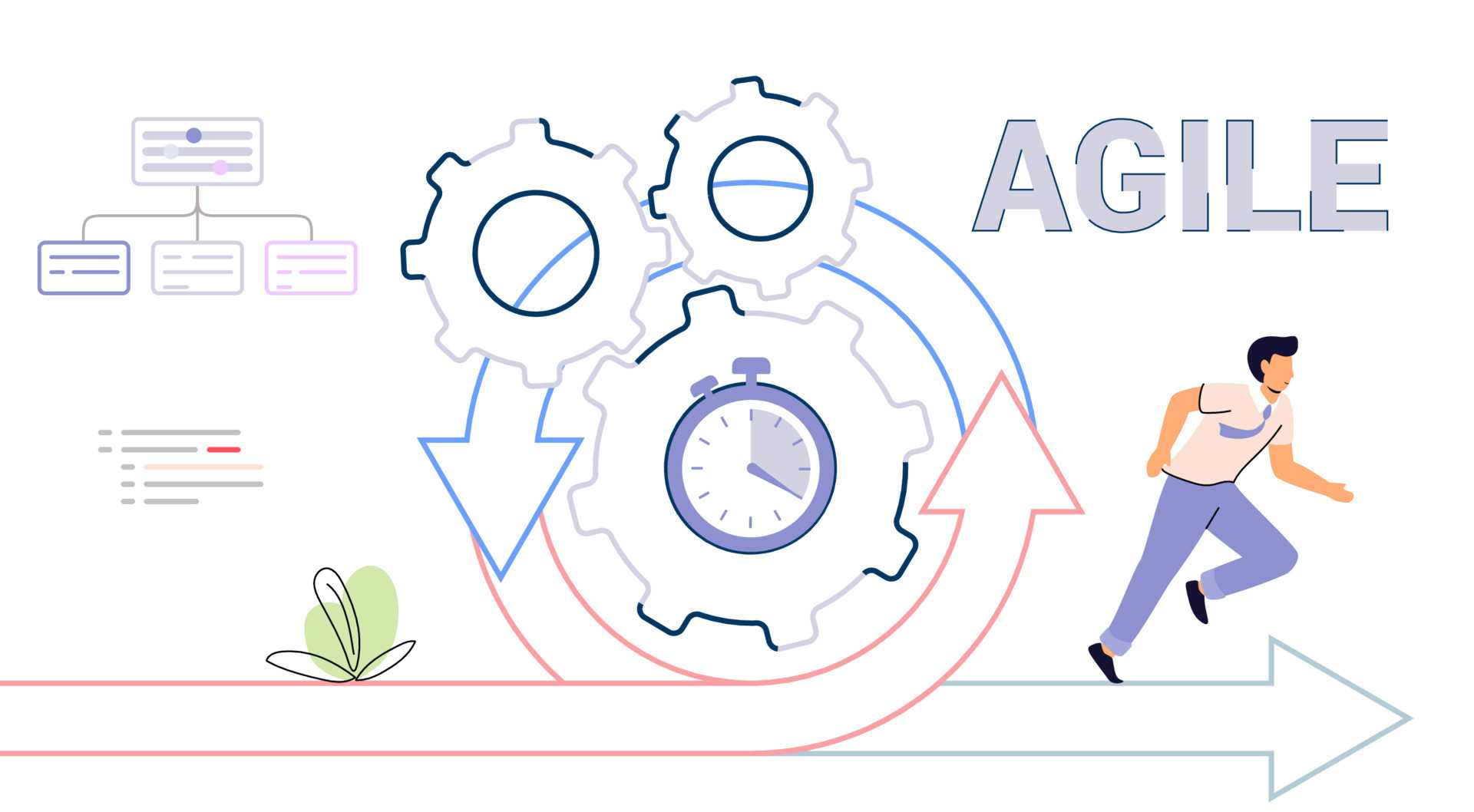



_1701798801_c3b578871fef398593a2.jpg)






Copyright © 2025. All rights reserved by Scholaracad
